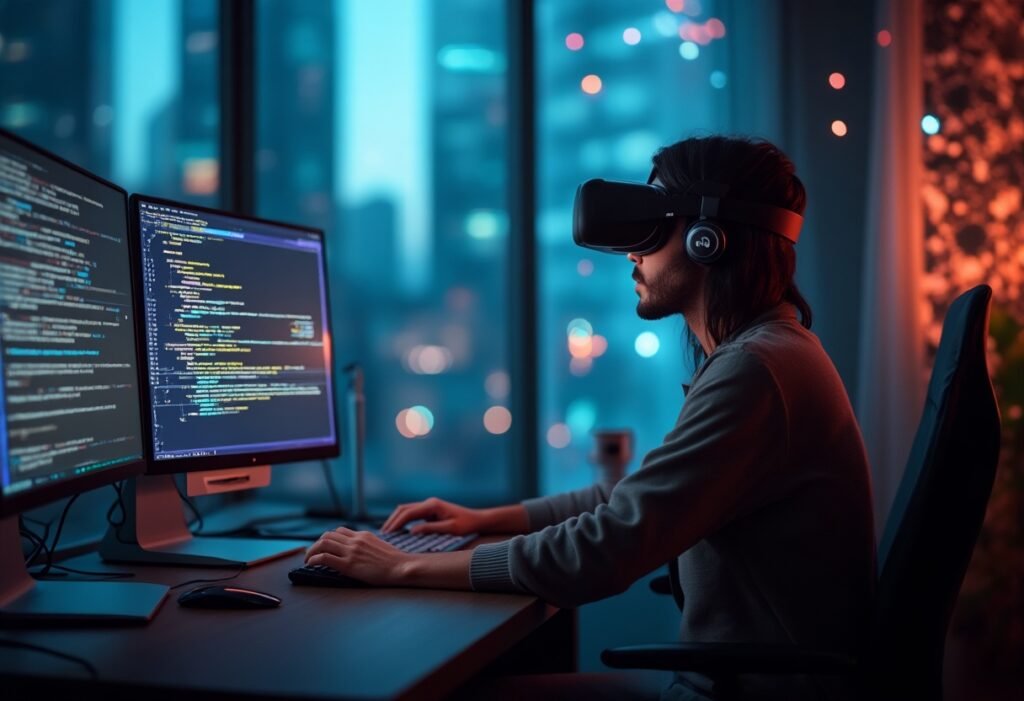Introduction to Web3 and the Creator Economy
The concept of Web3 and its impact on the creator economy has been gaining significant attention in recent times. Web3 refers to the next generation of the internet, focused on decentralization and blockchain technology. This shift is expected to empower creators and artists, enabling them to monetize their content more effectively.
Understanding Web3
Web3 is built on the principles of decentralization, allowing users to have greater control over their data and online presence. This is in contrast to the current web, where large corporations dominate and control user data. Web3 technologies, such as blockchain and cryptocurrency, are being leveraged to create new platforms and tools for creators.
The Creator Economy
The creator economy encompasses a wide range of individuals, including artists, writers, musicians, and social media influencers. These creators produce content that resonates with their audiences, and Web3 provides them with new opportunities to earn revenue. From selling digital art to receiving cryptocurrency tips, the possibilities for creators are expanding.
Key Features of Web3 for Creators
Web3 offers several key features that benefit creators, including decentralization, tokenization, and community engagement. Decentralized platforms allow creators to connect directly with their audiences, without intermediaries. Tokenization enables creators to issue their own digital tokens, representing ownership or access to exclusive content. Community engagement is also enhanced, as creators can reward their supporters with tokens or other incentives.
Applications of Web3 in the Creator Economy
There are various applications of Web3 in the creator economy, including non-fungible tokens (NFTs), social media platforms, and content subscription services. NFTs have gained popularity, allowing creators to sell unique digital assets to their fans. Web3-based social media platforms are emerging, promising to give creators more control over their content and data. Content subscription services are also being developed, enabling creators to earn recurring revenue from their loyal supporters.
Challenges and Limitations
While Web3 and the creator economy offer many exciting opportunities, there are also challenges and limitations to consider. These include regulatory uncertainty, technical complexity, and the risk of market volatility. Creators must navigate these challenges to successfully leverage Web3 technologies and achieve their goals.
Future Outlook
The future of Web3 and the creator economy looks promising, with many innovators and entrepreneurs working to develop new platforms and tools. As the technology continues to evolve, we can expect to see more creators embracing Web3 and benefiting from its capabilities. The potential for Web3 to democratize the creator economy and provide new revenue streams is significant, and it will be exciting to watch this space develop in the coming years.



